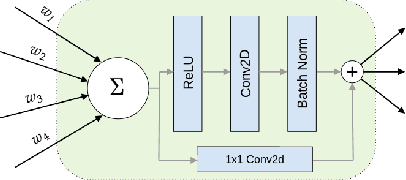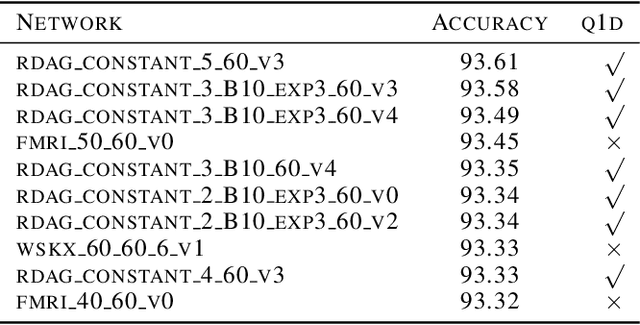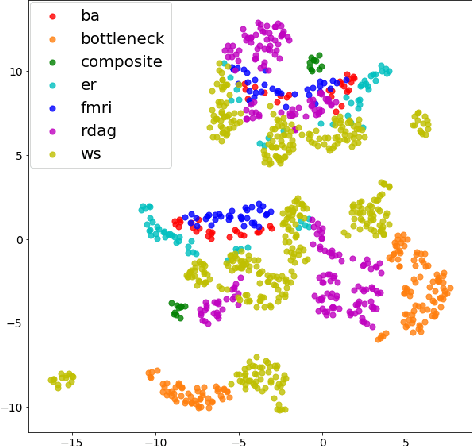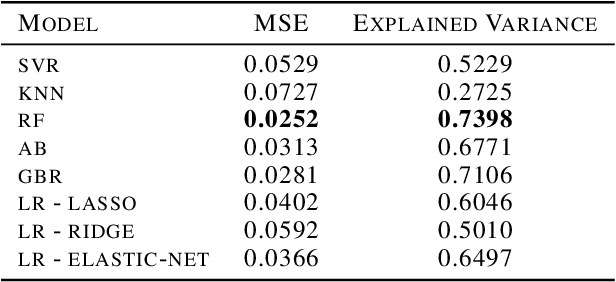Neural Networks on Random Graphs
Paper and Code
Feb 19, 2020



We performed a massive evaluation of neural networks with architectures corresponding to random graphs of various types. Apart from the classical random graph families including random, scale-free and small world graphs, we introduced a novel and flexible algorithm for directly generating random directed acyclic graphs (DAG) and studied a class of graphs derived from functional resting state fMRI networks. A majority of the best performing networks were indeed in these new families. We also proposed a general procedure for turning a graph into a DAG necessary for a feed-forward neural network. We investigated various structural and numerical properties of the graphs in relation to neural network test accuracy. Since none of the classical numerical graph invariants by itself seems to allow to single out the best networks, we introduced new numerical characteristics that selected a set of quasi-1-dimensional graphs, which were the majority among the best performing networks.
 Add to Chrome
Add to Chrome Add to Firefox
Add to Firefox Add to Edge
Add to Edge